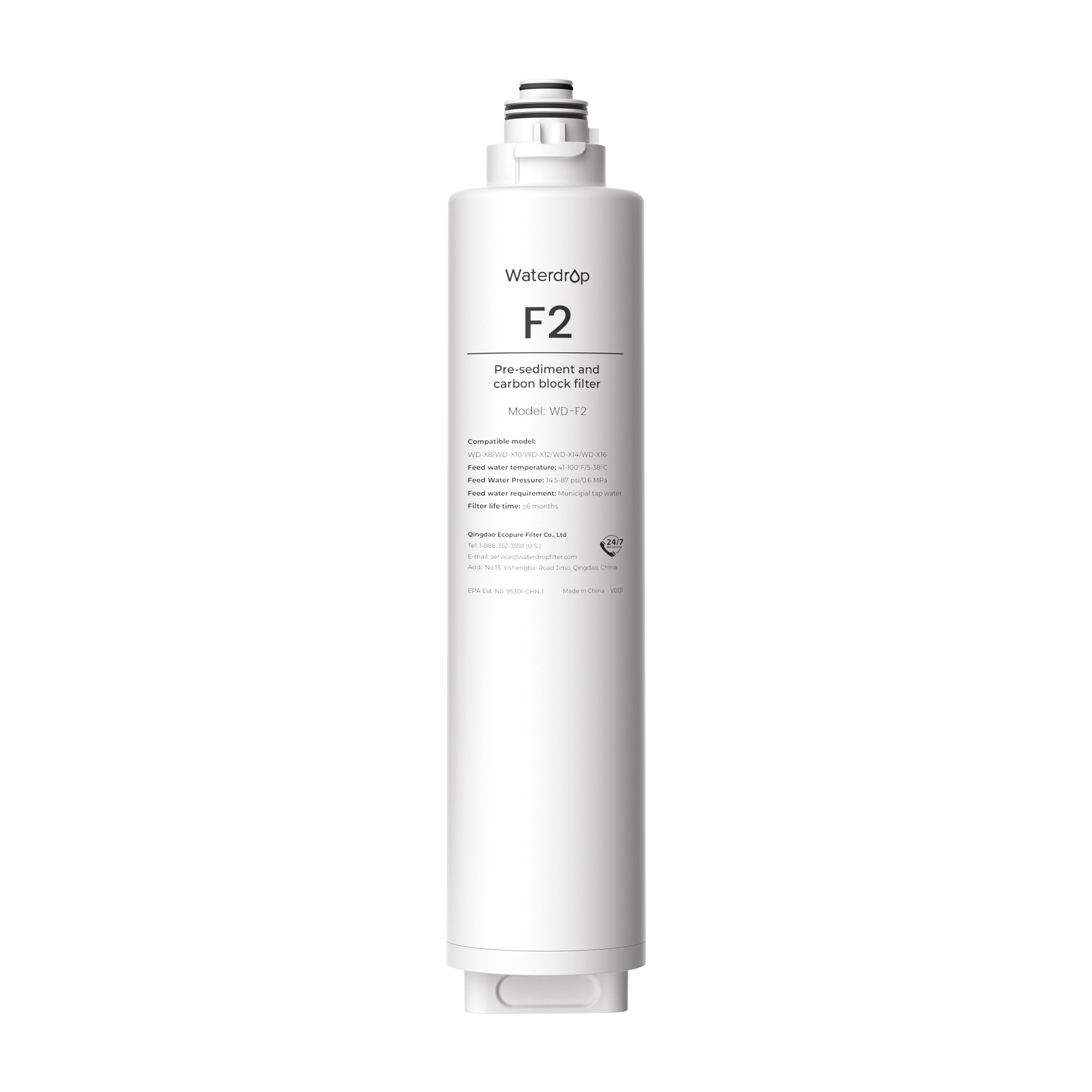Chlorine is commonly found in tap water across Australia, used primarily as a disinfectant to kill harmful bacteria and pathogens. While this makes the water safer to drink, many people are concerned about the effects of chlorine on their health and its taste. One common question that arises is: Does boiling water remove chlorine?
In this comprehensive guide, we will explore the science behind chlorine in water, how boiling affects it, and what methods you can use to reduce or eliminate chlorine from your drinking water. By the end, you’ll have a better understanding of whether boiling water is an effective solution and what alternatives are available.
Understanding Chlorine in Australian Tap Water
Chlorine has been used in municipal water supplies for over a century, primarily to kill harmful pathogens like bacteria, viruses, and parasites. In Australia, chlorine is added to most tap water to ensure its safety for drinking and other daily uses. However, while chlorine is beneficial for sanitation, it has some downsides that raise concerns for many consumers.
Why Is Chlorine in Water a Concern?
Although chlorine helps prevent the spread of waterborne diseases, it is not without its drawbacks. Some of the most common concerns about chlorine in tap water include:
- Taste and Odour: Chlorine can impart an unpleasant taste and smell to your drinking water, making it less enjoyable.
- Health Concerns: Longterm exposure to chlorine and its byproducts, such as trihalomethanes (THMs), has been linked to potential health risks, including bladder cancer and reproductive issues.
- Skin and Hair: Chlorine can be harsh on the skin and hair, especially for people with sensitive skin or preexisting conditions like eczema.
With these concerns in mind, many Australians look for ways to remove or reduce chlorine from their tap water, particularly if they drink it regularly or use it for cooking.
How Does Boiling Water Affect Chlorine?
When it comes to boiling water to remove chlorine, the science is relatively straightforward. Chlorine is a volatile substance, which means it can evaporate into the air when exposed to heat. However, boiling water alone does not completely eliminate chlorine from it. Here’s why:
Boiling Water and Chlorine Evaporation
At a boiling point of 100°C, water can release some chlorine into the air, particularly if it’s exposed to the heat for a prolonged period. The process of evaporation will cause chlorine to leave the water, but it’s not as effective as many people assume.
- Partial Removal: Boiling water can remove chlorine, but only to a limited extent. The longer the water is boiled, the more chlorine is removed. However, you would need to boil the water for a significant amount of time around minutes or more to see a noticeable reduction.
- Chloramine: Its important to note that many Australian water suppliers now use chloramine a compound of chlorine and ammonia in place of chlorine because it is more stable. Boiling water does not effectively remove chloramine, and it often requires more advanced treatment methods, like filtration or activated carbon.
Boiling Water vs. Chlorine Levels
While boiling may reduce chlorine levels, it doesn’t remove all of it. If you want to remove chlorine more effectively, other methods may be more suitable for your needs.
How to Effectively Remove Chlorine from Water?
While boiling water can help with chlorine removal to some extent, it’s not the most efficient method. For those seeking a more thorough solution, here are several other options to consider:
Activated Carbon Filters
Activated Carbon FiltersActivated carbon filters are one of the most popular and effective methods for removing chlorine and other contaminants from tap water. These filters work by adsorbing chlorine molecules onto the carbon surface, effectively reducing both the taste and odour of chlorine.
Activated carbon filters are highly effective at removing chlorine, with many models claiming to reduce chlorine levels by up to 99%. They are also great for improving the overall taste and quality of wate
Reverse Osmosis (RO) Systems
Reverse osmosis is a more advanced water purification method that removes a wide range of contaminants, including chlorine. In reverse osmosis, water is passed through a semi-permeable membrane that filters out impurities at a molecular level.
RO systems are extremely efficient at removing chlorine, chloramine, and many other harmful substances from water. However, they can be more expensive than other methods and may require professional installation.
Distillation
Distillation is a process that involves boiling water to create steam, which is then condensed back into liquid form, leaving most impurities, including chlorine, behind. While effective, distillation is typically slower than other methods and requires special equipment.
The process requires energy to boil the water, which can be a disadvantage if you’re looking for a more cost-effective solution.
Letting Water Sit
If you don’t have access to a filtration system, another simple method is to let the water sit for a while. Chlorine is volatile and will naturally evaporate from the water if left exposed to air. This process can take anywhere from several hours to a full day, depending on the volume of water and the ambient temperature.
But this method is slow and doesn’t work for chloramine, which remains more stable in water.
Conclusion: Is Boiling Water Enough to Remove Chlorine?
While boiling water will remove some chlorine, it is not the most effective or efficient method. If you’re serious about reducing chlorine in your water for better taste, health, and overall quality, a filtration system or reverse osmosis system would be your best bet. Boiling can be helpful in small amounts, but for significant chlorine removal, you may want to consider investing in one of the more advanced purification methods discussed.
As always, if you have concerns about the water quality in your area, it’s best to check with your local water supplier for more information and explore the best options for your household needs.


































